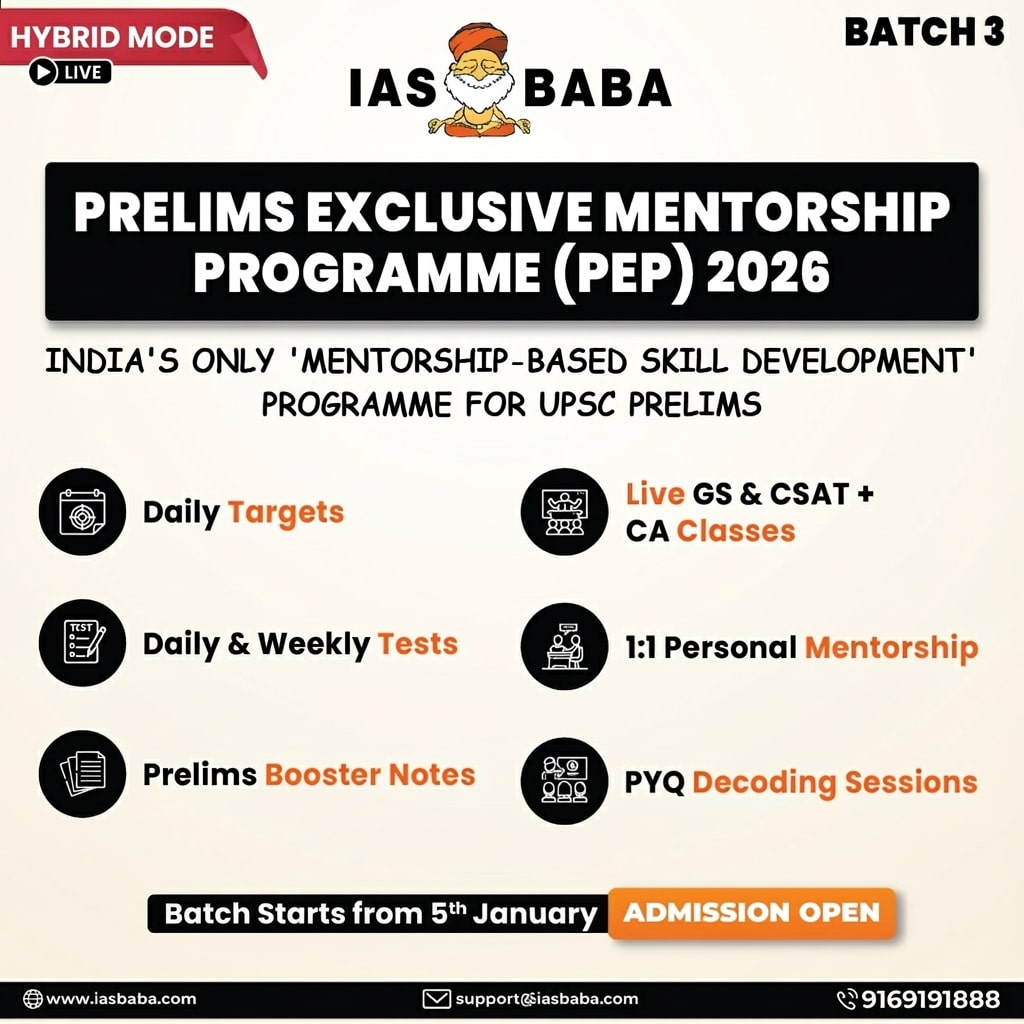Governance, TLP-UPSC Mains Answer Writing
Q. 2. “The Lokpal was envisioned as an independent anti-corruption watchdog to ensure integrity in public office. Assess its performance over the last decade and identify key factors behind the limited effectiveness of this accountability institution. (150 words, 10 marks)
Introduction
Inspired by the Swedish Ombudsman model, India’s first ARC recommended a central anti-corruption body—Lokpal. Enacted in 2013 after public protests, the Act aimed to institutionalize accountability. But the Lokpal’s actual impact has remained minimal.
Body
Key Provisions of the 2013 Act
- Institution of Lokpal: Chairperson and up to 8 members (50% judicial, 50% from SC/ST/OBC/minorities/women).
- Jurisdiction: PM (with limitations), Ministers, MPs, Group A–D officers, and NGOs receiving over ₹1 crore foreign donations.
- Selection Committee: PM (Chair), Speaker, LoP, CJI/nominee, and an eminent jurist.
- Prosecution Wing: Empowered to file charges based on Lokpal’s inquiry.
- Lokayuktas: States to establish Lokayuktas within a year.
Notable Successes Since Enactment
- Institutional Setup: Lokpal became operational in 2019 with appointments of Chairperson and members.
- Digital Complaint System: Online portal was launched for public complaints, facilitating accessibility.
- Case Monitoring Framework: Internal mechanisms for scrutiny, dismissal, and forwarding of complaints were formalized.
Criticism of Its Performance
- Delayed Constitution: Lokpal appointed only in 2019, six years post-enactment.
- Vacancies: Chairperson post has been vacant since May 2022; several member seats remain unfilled, impairing functioning.
- Low Case Disposal: Of over 8,700 complaints received till 2023, fewer than 5% were fully disposed; pendency rate remains above 80%.
- State Lokayuktas: Many states still lack robust or independent Lokayuktas.
Reasons Behind Limited Effectiveness
- Executive Apathy: Delays in appointments, funding, and operational independence reflect low political will.
- Opaque Appointments: Selection Committee often not constituted promptly; eminent jurist seat regularly vacant.
- 7-Year Limitation Clause: Complaints older than seven years are barred unless exceptional circumstances—a statutory design flaw that curtails retrospective accountability.
- Judicial Delays: Preliminary inquiries and prosecutions face court backlog, reducing deterrence.
Suggested Reforms
- Timely Appointments: Enforce strict timelines for filling all vacancies to prevent paralysis, as emphasized by the Supreme Court.
- Independent Investigation Wing: As recommended by the 2nd ARC, create a separate investigative cadre under Lokpal’s control.
- Amend Jurisdiction Clauses: Broaden scope to include PM, MPs, and judiciary with necessary safeguards, as proposed by the Law Commission of India.
- Audit & Transparency: Publish annual performance audits and public reports, a key recommendation of the NCRWC 2000.
- Empower State Lokayuktas: Mandate uniform standards and autonomy for state Lokayuktas through a model law, as proposed by the 2nd ARC.
Judicial Observation
In Common Cause v. Union of India (2018), the Supreme Court observed that delays in Lokpal appointments defeat the very object of the Act and weaken anti-corruption efforts.
Conclusion
Despite its promise, the Lokpal has underperformed due to institutional design flaws and political indifference. Revitalizing it is essential to uphold probity in public life and fulfill citizens’ faith in democratic accountability.














